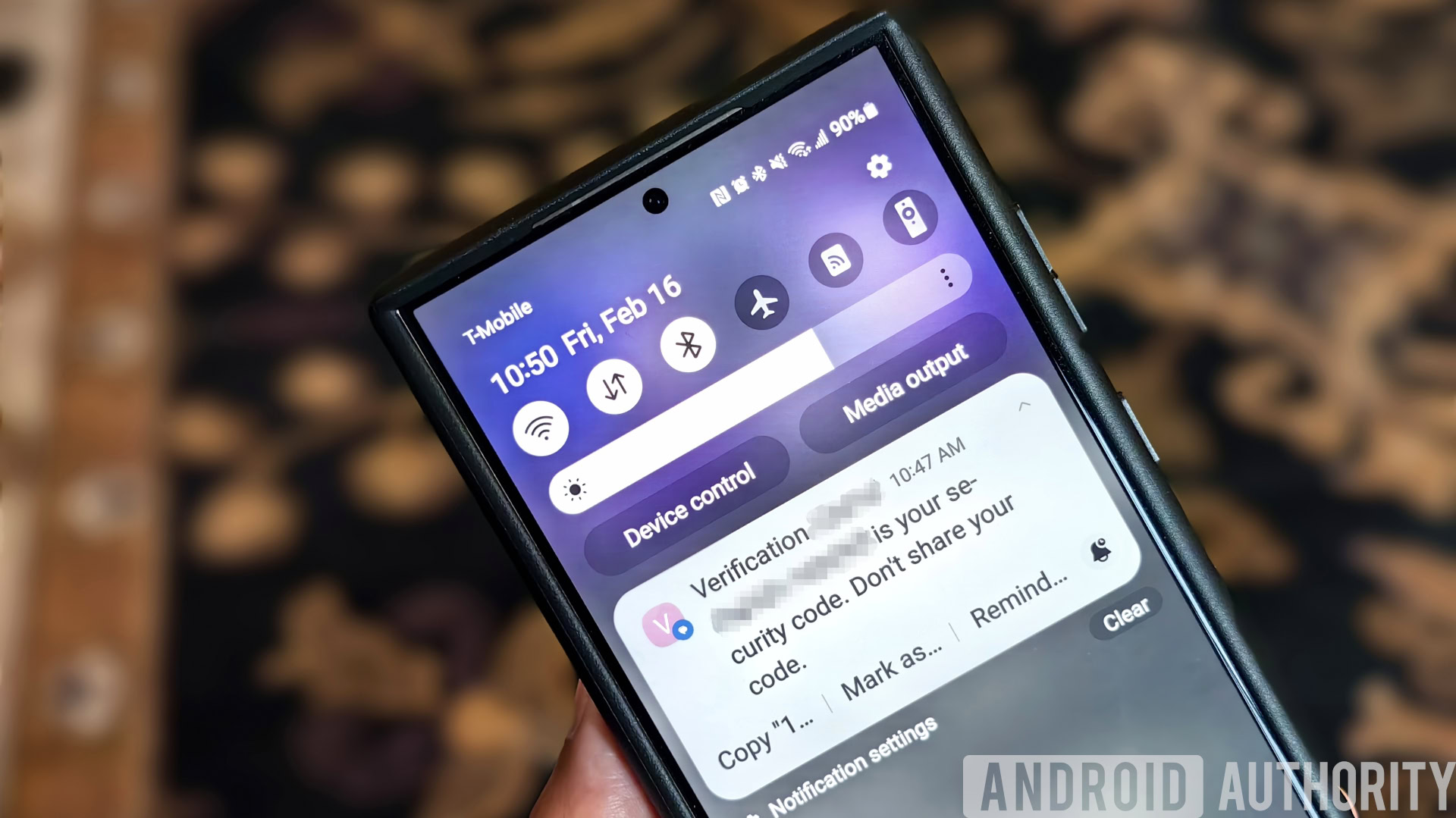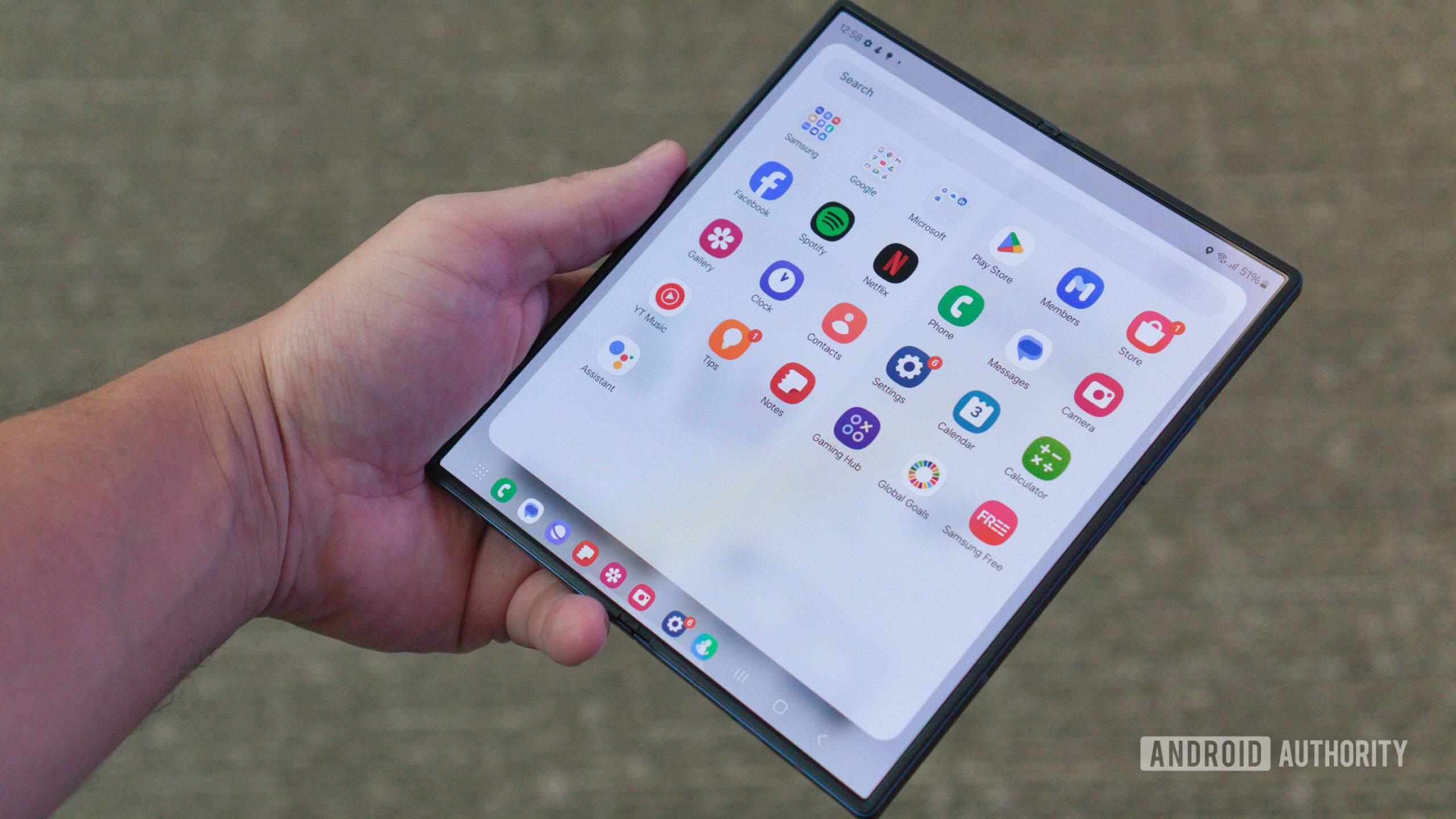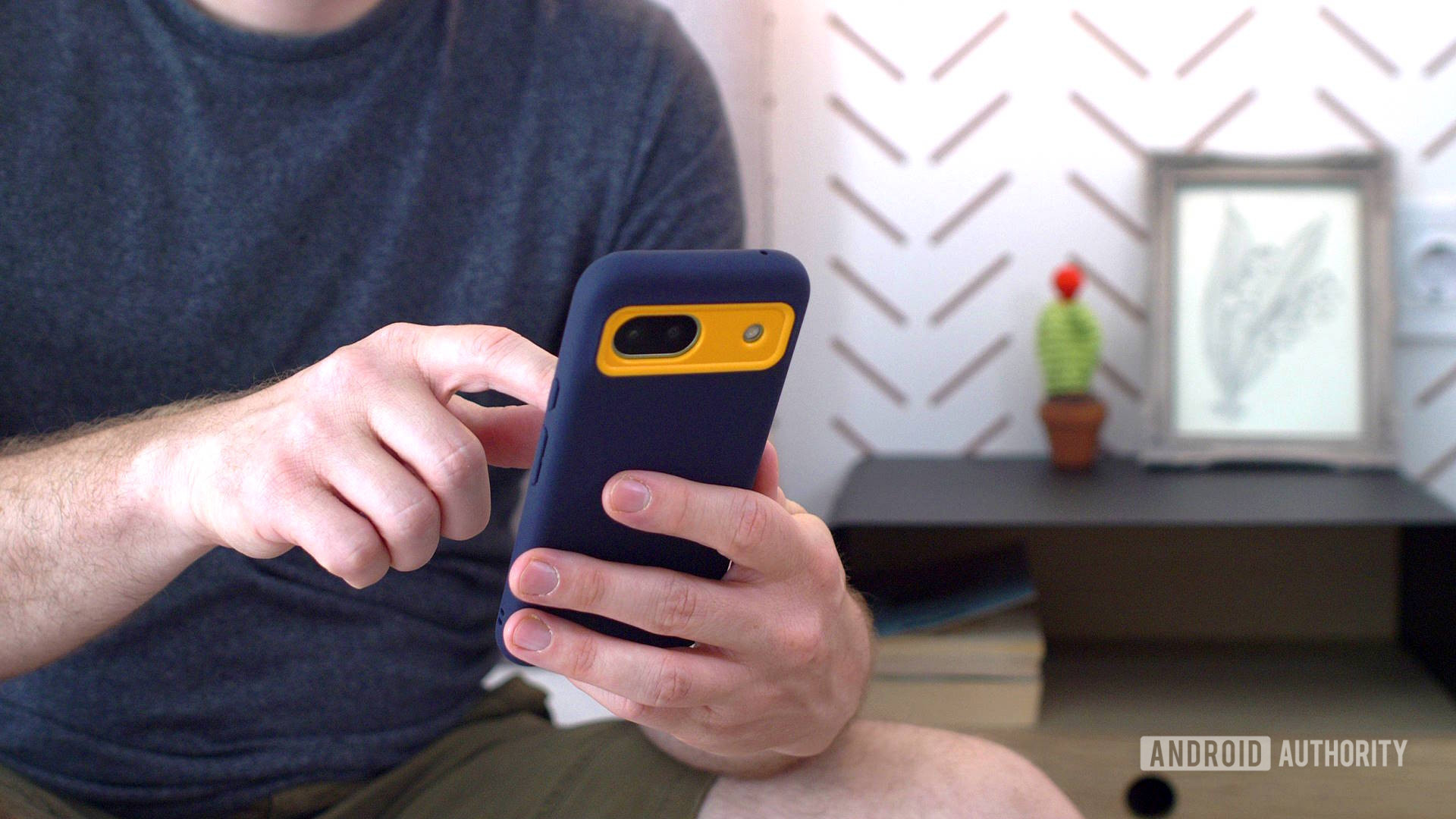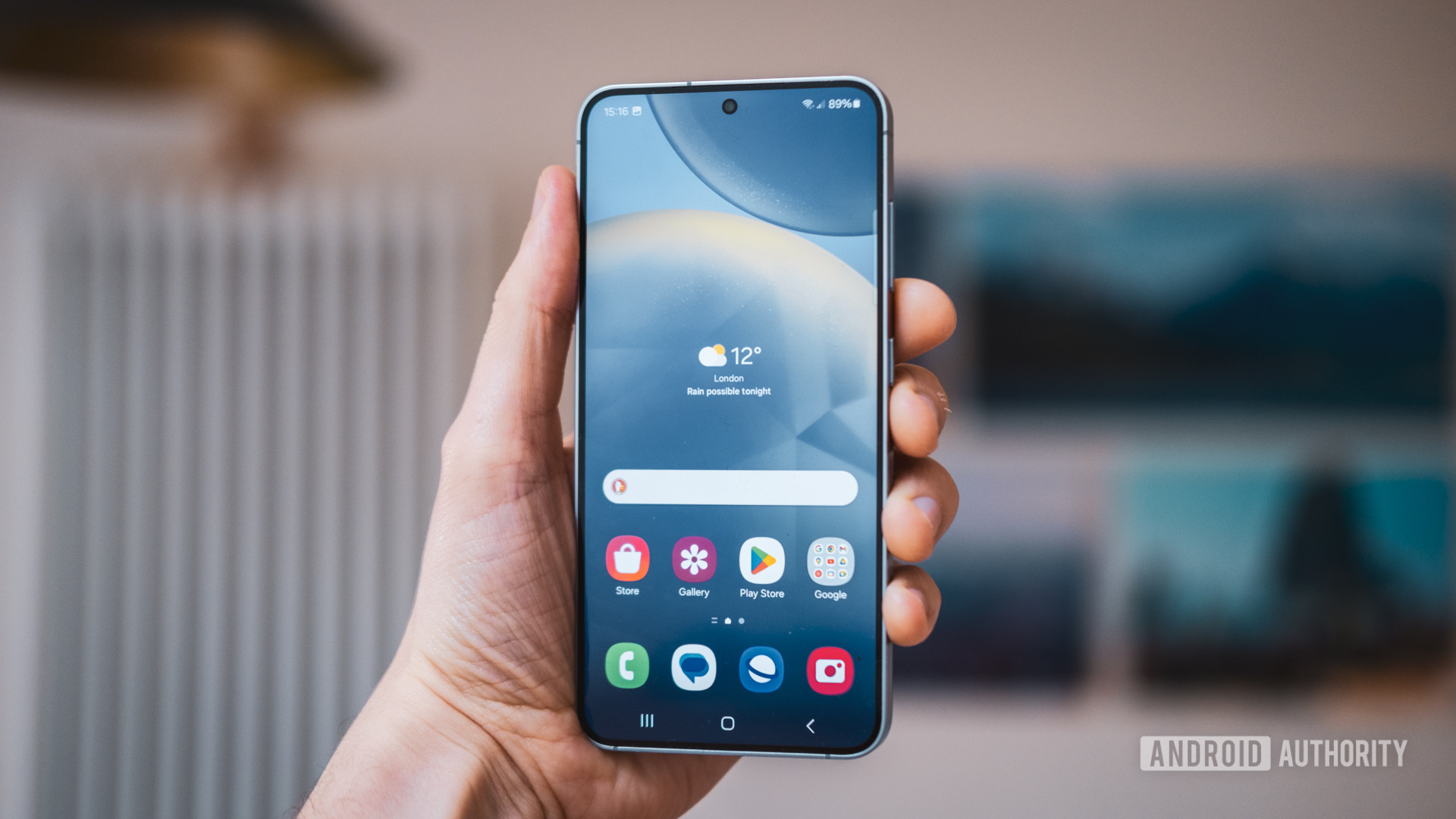Affiliate links on Android Authority may earn us a commission. Learn more.
I cut my notifications: Here's why you should too
Published onAugust 30, 2024

It took me a while to realize just how disruptive notifications were to my day. I doubt I even got a large number compared to some of you, but I’m one of those people who’s obsessively tidy — digitally or otherwise. I make my bed when I get up, I don’t have 30 tabs open on my browser, and I feel triggered by an inbox with 999 unread emails. All this means that I have a compulsion to address a pinging phone, so I decided to cut my notifications.
I’ll go into some tips on the best ways to do it below, but the key was knowing what I really needed to be notified about. For example, if I have set times in the day when I check my email, read the news, or do my Duolingo lesson, I don’t need alerts from those apps during the day. I thought I did, but nothing is going to be so urgent that I need to know right at the moment it happens.
And I’m better off for it. I’m more productive when working, less unsociable with friends and family, and generally staring at my phone screen less. My device almost never chirps up, and I know it’s probably worth checking when it does. You might also want to consider if it’s time to cut the notifications, especially when you recognize how they could be affecting your behavior.
Notifications are part of phone addiction

We wrote an article about phone addiction a couple of years ago that reported some shocking findings from studies. They included the statistics that 74% of Americans feel uneasy leaving their phone at home, and 20% of people would even rather go without shoes for a week than take a break from their phones. One can’t imagine that these worrying trends have reversed since we published that article and notifications play a big part in this obsessive attachment to our devices.
It’s easy to think of any given notification as no issue, as it can be swiped away in a moment. But the ping and the popup are all that’s needed to interrupt whatever you’re doing in your real life. It breaks your concentration and has you staring at your screen instead.
Once that’s your focus, your other notifications await your attention. How often have you found yourself picking up your device when an Instagram message pops up, only to find yourself still on the app five minutes later? Or checking out an Amber Alert and then chatting on WhatsApp for a while? Each notification wants to draw your gaze individually, but they work together to keep you fixated. It’s worth knowing how.
The psychology of notifications

Many studies have been conducted on the psychology of digital connectivity, the brain’s dopamine reward system, and how notifications can create addictive behaviors similar to those seen with gambling. We won’t get all scientific here, but what’s going on when it comes to notifications is quite apparent.
How notification get your attention
It can seem obvious when you think about it, but the tools that notifications use to get your attention are quite subtle. Here are some of the most common:
- A little reward: Some notifications use an intermittent reward schedule, similar to how slot machines work. You never know when a notification might appear, meaning that you keep checking your phone more frequently. This quickly becomes a habit.
- Sound and look interesting: A lot of thought goes into what you hear and see when a notification pops up, with the combination of the two being specifically designed to grab your attention immediately. The sound and visual cues activate your brain’s orienting response, which is an instinctual reaction to sudden or significant stimuli in your environment.
- Tailored to you: Notifications are often personalized, which increases their relevance to you. Whether it’s a message from a friend or an alert from a favorite app using your name, the content of the notification often triggers an emotional response, making it harder to ignore.
- You feel popular: Many notifications, especially those related to social media, provide a form of social validation. Likes, comments, and messages tap into the human need for social approval, and you’ll naturally check your phone to get it.
The mental impact of notifications
- Anxiety: The pressure to respond quickly or the fear of missing out (FOMO) can cause stress, leading to a cycle of compulsive checking. This can induce a form of anxiety if you’re being constantly bombarded by notifications.
- Productivity suffers: This is what I experienced the most. Even if you’re able to quickly check a notification and dismiss it, your concentration has been broken, and it can take several minutes to refocus on the original task. The content of the notification might also be lingering on your mind. Multiply this by 20 or 30 interruptions per day, and you’re not going to be very productive.
- It’s addictive: Once you’re hooked, as many of us are, the dopamine hit you get from seeing a new notification can make you check your phone repeatedly, even when there’s no new content.
- Sleep gets disrupted: Even if you don’t wake up fully and check your phone, notifications received during the night can disrupt your sleep patterns, leading to poorer sleep quality. The myriad mental issues that poor sleep can cause are well documented.
- You’re less sociable: It might not seem like much to glance at your phone during a coffee with a friend, but it’s like the productivity thing — you’re not focussing on what’s being said. It’s disruptive and can come across as rude to some people, but a compulsion to check a notification can mean you don’t even know that you’re doing it.
How to cut your notifications

There are plenty of notifications that are handy to receive, which is why I didn’t turn them off altogether. Separating the wheat from the chaff when it comes to notifications does require a little bit of time fiddling about in your phone settings, but it’s worth it overall. Here are some of the main tips to cut your notifications.
Stop certain apps from sending notifications
If you don’t need any notifications from an app, it’s easy to disable them. The exact steps to take will depend on your device, but if you go to the Settings menu and tap on Apps, you should be able to see a list of every app you have installed. Hit one of them, and you’ll be given the option to disable notifications from that app.
Customize the notifications from each app
You’ll want to keep essential notifications from some apps but not all of them. If you have a food delivery app, you want to know when the courier is at the door, but you don’t need to know about the ads for special offers every day.
Most apps let you cut the notifications from within the app settings. Alternatively, you can also often do it in the same app management settings of your Android phone that we referenced above. You might not have to go into the apps if you’re an iOS user.
Disable notification sounds
The disruption of a notification has already started when you hear that ping, so stopping it is a good step towards ignoring your notifications. Turn off the audible alerts in the notification settings, and turn off the vibration, too — hearing your device buzz against a hard surface can be equally disruptive.
Use Do Not Disturb mode
You can achieve a similar outcome to disabling the notification sounds by keeping your phone in Do Not Disturb mode. You may choose to do this only at certain times of the day, such as when you’re working and sleeping, or you could just leave the phone in that mode all of the time.
You can customize the feature to ensure your phone rings when you get a call, but if nothing else requires immediate action, this ensures you’re left alone until it’s convenient to catch up with your notifications.
Batch your notifications
Some phones now let you have your notifications be delivered in batches at scheduled times of the day rather than when they first arrive. This is particularly useful if you have no problem with lots of notifications per se but you don’t want your work or sleep interrupted.
Turn off read receipts
You might want to be helpful by allowing others to receive read receipts, either in the form of an automated email or two blue ticks. However, once you know that the sender is aware you’ve read something, it can create social pressure on you to respond immediately. Switching them off will relieve this pressure.
Use digital well-being tools
Recent phones often have built-in tools that you can use to monitor your notification activity and overall screen time. By keeping an eye on how you’ve used your phone, you can work out which notifications were helpful and which were unproductive, then make informed decisions about what to cut down. There are also third-party apps that you can find for this.